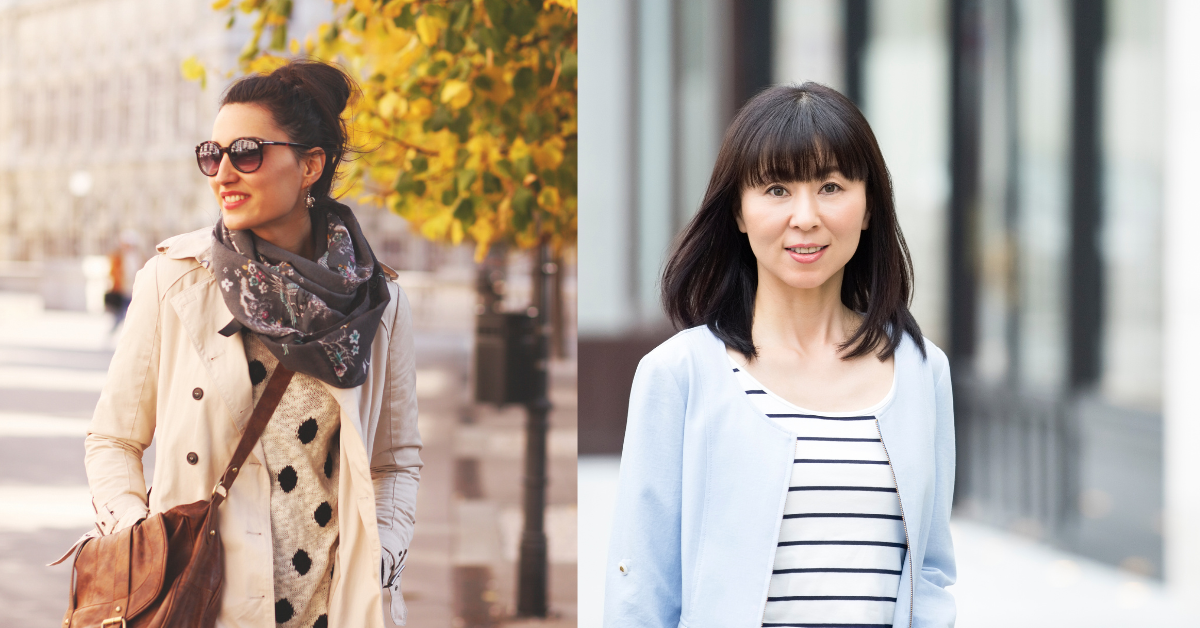Japanese Street Style vs American Street Style. In the vibrant world of fashion, street style stands out as a dynamic expression of culture and individuality. Japanese street style and American street style, in particular, showcase unique characteristics rooted in their respective cultures [Japanese Street Style vs American Street Style]. Let’s delve into the intricacies of these two distinctive fashion realms and explore what sets them apart.
Influences on Japanese Street Style
Cultural Influences
Japanese street style draws heavily from the rich tapestry of Japanese culture. Traditional garments and customs often find a modern interpretation in street fashion, creating a harmonious blend of the old and the new [Japanese Street Style vs American Street Style].
Fashion Trends and Icons
The influence of fashion trends and icons in Japan is profound. Youth culture looks up to trendsetting figures, contributing to the ever-evolving landscape of Japanese street style.
Evolution of American Street Style
Historical Roots
American street style has deep historical roots, shaped by the counterculture movements of the 20th century. From the bohemian styles of the 1960s to the punk and hip-hop influences, each era has left an indelible mark.
Read more blogs : Are Dog Training Classes Worth It for Puppies?
Impact of Pop Culture
Pop culture, with its rapid changes and trends, plays a pivotal role in shaping American street style. Icons from music, movies, and sports continually inspire new looks and aesthetics.
Key Characteristics of Japanese Street Style
Harajuku Style
Harajuku, a district in Tokyo, is synonymous with bold and eclectic fashion choices. The Harajuku style often involves a mix of colors, patterns, and unconventional accessories [Japanese Street Style vs American Street Style].
Minimalism and Sophistication
Contrary to the flamboyance of Harajuku, some Japanese street styles lean towards minimalism and sophistication, focusing on clean lines and subtle details.
Key Characteristics of American Street Style
Diversity and Eclecticism
American street style is a melting pot of diverse influences. It embraces eclecticism, allowing individuals to draw inspiration from various subcultures and mix them into a unique personal style.
Sportswear Influence
The pervasive influence of sportswear is a hallmark of American street style. Comfort and functionality are seamlessly integrated into fashion, reflecting a casual and laid-back approach.
Fashion Subcultures in Japan
Gyaru Fashion
Gyaru fashion, characterized by a glamorous and girly aesthetic, represents a subculture that emerged in the 1970s. It often features bold makeup, dyed hair, and trendy outfits [Japanese Street Style vs American Street Style].
Visual Kei Style
Visual Kei is a music-inspired fashion subculture known for its elaborate and theatrical outfits. This style often blurs the lines between gender norms and embraces a flamboyant expression.
Fashion Subcultures in the United States
Hip-hop Fashion
Hip-hop culture has significantly influenced American street style, with baggy clothes, oversized accessories, and urban-inspired aesthetics becoming synonymous with the genre.
Skater Style
Skater style, originating from the skateboarding subculture, emphasizes comfort and functionality. Loose-fitting clothes, sneakers, and beanies are staples of this laid-back style.
Cross-Cultural Influences
Exchange of Fashion Ideas
In the globalized world of fashion, cross-cultural influences are inevitable. Japanese and American street styles often intersect, leading to the creation of hybrid fashion expressions [Japanese Street Style vs American Street Style].
Fusion Styles
Fusion styles emerge as a result of cross-cultural pollination. Elements from Japanese and American street styles come together, creating fresh and innovative fashion statements.
Perplexity in Japanese Street Style
Layering and Accessories
Perplexity in Japanese street style is evident in the art of layering. Multiple garments, accessories, and textures are seamlessly combined to create visually complex and intriguing outfits.
Mix of Traditional and Modern Elements
The juxtaposition of traditional Japanese elements with modern fashion creates a sense of perplexity, where cultural heritage coexists with contemporary expressions [Japanese Street Style vs American Street Style].
Burstiness in American Street Style
Rapid Evolution of Trends
Burstiness in American street style is characterized by the rapid rise and fall of trends. What’s in vogue today may be replaced by something entirely different tomorrow, reflecting the dynamism of the fashion landscape.
Influential Streetwear Brands
The influence of streetwear brands contributes to the burstiness of American street style. Collaborations and limited-edition releases fuel the excitement and anticipation surrounding new fashion drops.
Specificity of Japanese Street Style
Attention to Detail
Specificity in Japanese street style is observed in the meticulous attention to detail. From carefully curated accessories to thoughtfully chosen fabrics, every element contributes to the overall aesthetic.
Customization and Personalization
Individual expression is key in Japanese street style, with a strong emphasis on customization. Clothing and accessories often bear personal touches, reflecting the wearer’s unique identity [Japanese Street Style vs American Street Style].
Specificity of American Street Style
Regional Variations
Specificity in American street style extends to regional variations. East Coast styles may differ from West Coast aesthetics, showcasing the diversity within the broader American street fashion scene.
Individual Expression
American street style celebrates individual expression. It’s a canvas where personal identity is boldly painted, allowing for a wide spectrum of styles that cater to diverse tastes.
Context of Japanese Street Style
Influence of Seasons
Seasons play a crucial role in Japanese street style. Fashion choices adapt to the weather, with layers and textures changing to suit the temperature and climate.
Cultural Events and Celebrations
Japanese street style finds expression in cultural events and celebrations. Festivals and ceremonies become platforms for individuals to showcase their unique fashion interpretations [Japanese Street Style vs American Street Style].
Context of American Street Style
Street Fashion in Different Cities
American street style varies across cities, each having its own distinct flavor. From the street fashion of New York to the laid-back styles of Los Angeles, geography shapes the fashion narrative.
Impact of Music Festivals
Music festivals serve as influential hubs for American street style. Festival fashion often sets the tone for emerging trends, and attendees use these events as opportunities to experiment with their looks.
Conclusion
In comparing Japanese Street Style vs American Street Style, the divergence in cultural influences, fashion subcultures, and approaches to individual expression is evident. Japanese street style often embraces a harmonious blend of tradition and modernity, while American street style celebrates diversity and constant evolution. Both styles contribute to the rich tapestry of global fashion, showcasing the power of self-expression through clothing.
Japanese Street Style vs American Street Style – FAQs
While distinct, both styles may share influences from pop culture and occasionally intersect in the global fashion scene.
Cultural events provide a platform for individuals to showcase unique fashion interpretations, influencing the overall street style landscape.
Seasons influence fashion choices, with layering and varied textures adapting to the weather and climate.
No, American street style varies across cities, with each location contributing to the diversity within the broader fashion scene.
Burstiness is seen in the rapid evolution of trends and the influence of streetwear brands, contributing to the dynamic nature of American street fashion.





